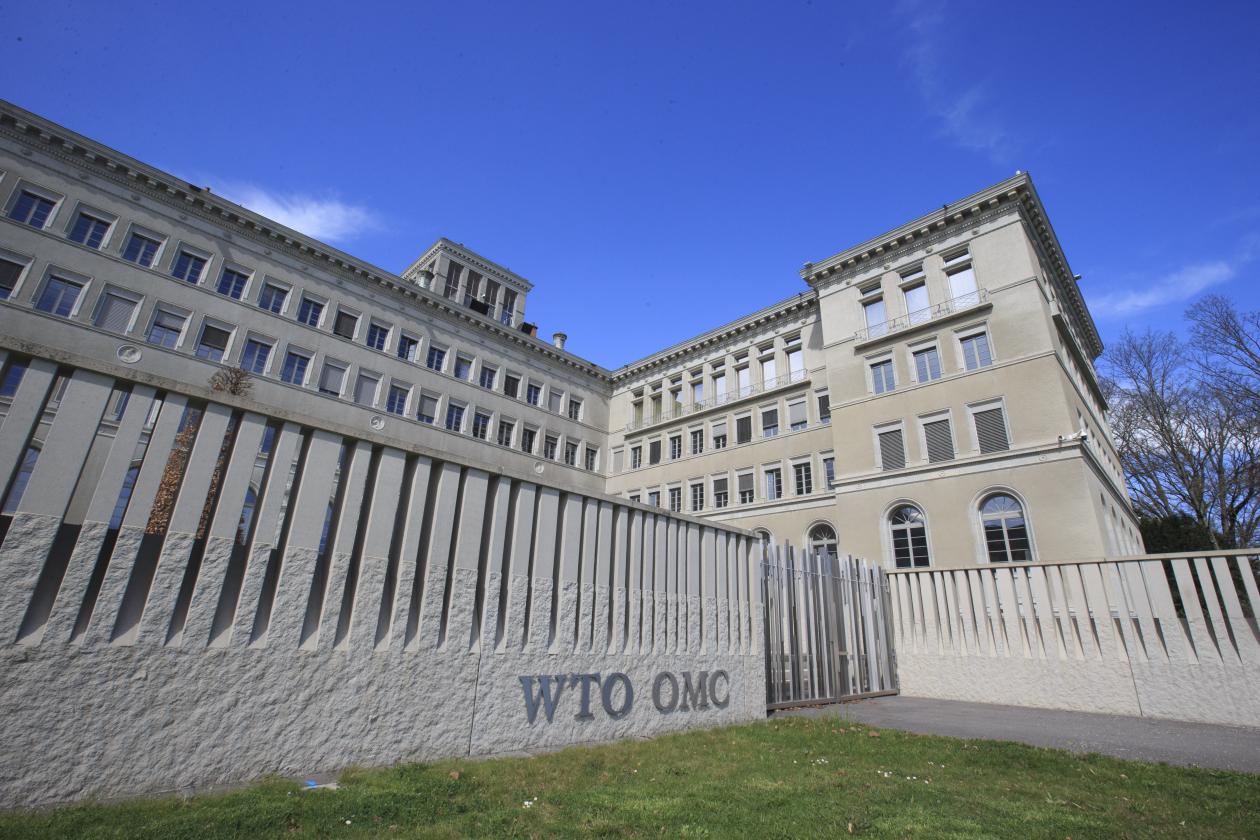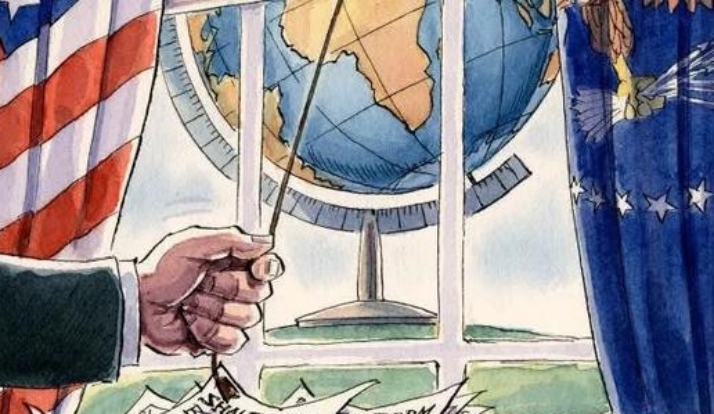
Recently, the World Trade Organization and the IMF have successively released global economic and trade forecast reports, revealing the profound impact of the US tariff policy and the sluggish global economic recovery on the growth expectations of global goods trade. The growth forecast for global trade in goods in 2026 has been significantly revised down to 0.5%, a notable decrease from the previously predicted 1.8%. In contrast, the growth forecast for global trade in goods in 2025 has been raised from 0.9% to 2.4%. Behind this data lies the complex evolution of the global economic landscape under the interweaving of multiple factors.
The US tariff policy, as a key variable influencing global trade, deserves in-depth analysis of its influence mechanism. Since 2025, the United States' measures to impose tariffs on many countries have continuously triggered a chain reaction. To avoid high tariffs, North America has expanded its import scale in advance, becoming an important driving force for the growth of global goods trade in 2025. This phenomenon of "snatching imports" not only alters the flow of regional trade but also leads to short-term disruptions in the global supply chain. To avoid future tariff costs, enterprises have no choice but to stockpile inventories in advance. Although this irrational trade behavior has pushed up trade data in the short term, it has sown the hidden danger of overcapacity. The more far-reaching impact lies in the fact that the US tariff policy has undermined the stability of the multilateral trading system, prompting countries to reevaluate their trade partnerships and giving rise to a new pattern of regional trade agreements.
The sluggish global economic recovery constitutes another pressure that restrains trade growth. Although the global economy demonstrated a certain degree of resilience in 2025, the contradiction of insufficient growth momentum in major economies remains prominent. The economic recovery process in the European region has been slow due to factors such as the high cost of energy transition and the decline in manufacturing competitiveness. Emerging market countries are confronted with challenges such as capital outflows and rising debt risks. This overall sluggish recovery has directly weakened the demand foundation of global trade. Insufficient consumer confidence, cautious investment by enterprises, and the contraction of cross-border trade activities have formed a vicious circle. It is worth noting that this sluggish recovery is not merely a cyclical fluctuation, but rather a deep-seated problem superimposed with structural contradictions and institutional obstacles.
The surging demand for AI-related products has become a bright spot in the growth of global trade in goods in 2025. With the breakthrough progress of AI technology, the international trade scale of AI hardware such as chips, servers and smart devices has continued to expand. North America, leveraging its technological edge, has become a major export destination for AI products, while Asia, relying on its manufacturing capabilities, has become an important production base. This new trade momentum driven by technology, although it has offset the downward pressure on traditional trade in the short term, has also exacerbated the technological gap and trade imbalance. How to balance technological innovation and trade fairness has become a new challenge for policymakers around the world.
In the face of complex trade prospects, policy coordination among countries and international cooperation are particularly important. The World Trade Organization's downward revision of its trade growth forecast for 2026 not only objectively reflects the current trade environment but also serves as a warning to the policy orientations of various countries. Against the backdrop of the rise of unilateralism and protectionism, maintaining the multilateral trading system, promoting trade facilitation and strengthening international policy coordination have become inevitable choices for promoting the healthy development of global trade. All countries need to find a balance between safeguarding their own interests and shouldering international responsibilities, resolve trade disputes through dialogue and consultation, and enhance trade efficiency through institutional innovation.
The adjustment of the growth expectations for global trade in goods is essentially a reflection of the reconstruction of the global economic landscape. The dual impact of the US tariff policy and the sluggish global economic recovery brings both challenges and opportunities. Only by adhering to multilateralism, deepening international cooperation and promoting structural reform can the sustainable development of global trade be achieved. This process requires all countries to demonstrate political wisdom and policy determination, to create new situations amid changes and foster new opportunities in times of crisis.

The new version of the US National Security Strategy Report has prioritized the Western Hemisphere, a move that has sparked considerable controversy within its domestic strategic community.
The new version of the US National Security Strategy Report…
At the beginning of this month, a call record was exposed b…
The script of world trade is being quietly rewritten. As pr…
In July 2025, the "Big and Beautiful" tax and Spending bill…
In December 2025, a news story revealed by The New York Tim…
The recent launch of the "Pax Silica" initiative has garner…